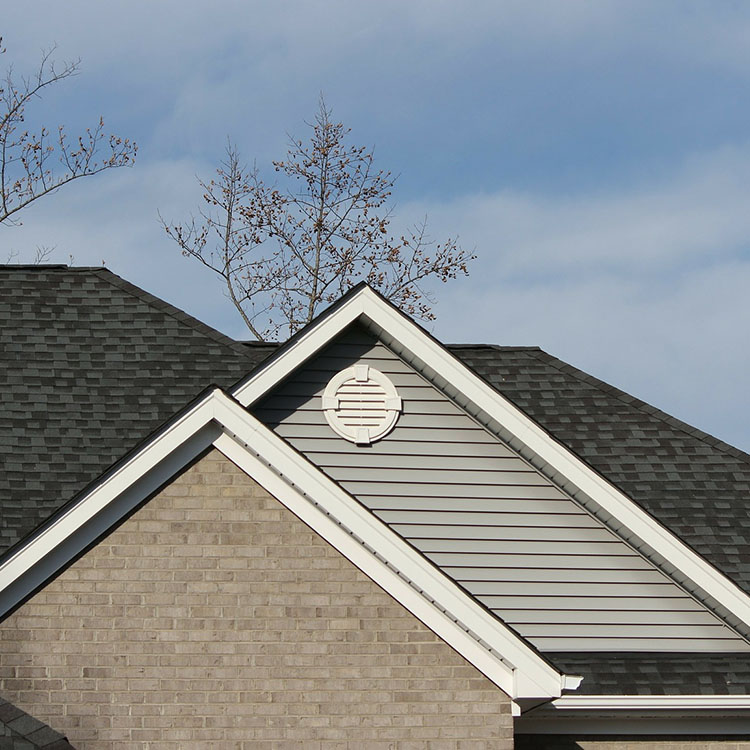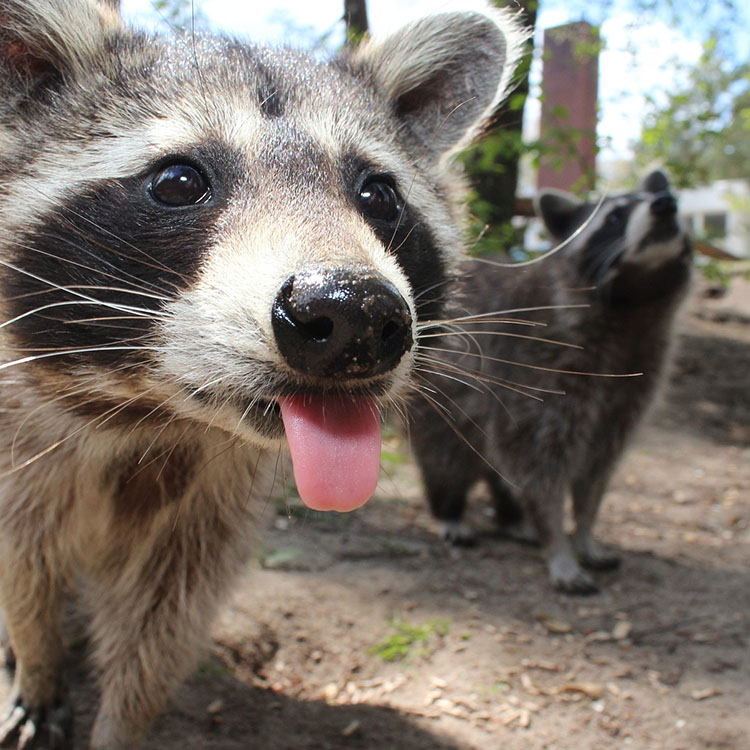How to Get Rid of Raccoons
It's always much easier to prevent raccoons than it is to get rid of them once they're in your attic or garage. Often times, spaces like garages see raccoon infestation for a few days or maybe a week while they are giving birth or nursing young raccoons. Attics, however, are their mainstay and will be a permanent home until something better comes along, or they are not able to find food any more. That being said, getting rid of raccoons can be a daunting task. Here's ome of my advice on how to execute a raccoon removal from your attic or property.

Raccoon Removal Inspection
It's important to perform an inspection before you get started setting traps and sealing up your home. That means taking a good look around the property through the eyes of a raccoon. Figure out where they are sleeping, what they are possibly eating, and how they are thriving in this environment. This information will aid you in placing your traps, and you'll know what needs to be sanitized, repaired, or replaced altogether once your raccoon problem has been solved.
Setting Traps For Raccoons
You can trap raccoons using metal cage traps very easily. You must use the proper bait to do this, otherwise you'll have empty traps. You'll also need to check these traps daily so as not to treat the creatures inhumanely or force them to starve. Keep in mind that you must have the proper licensing in your local area to transport a raccoon once you have trapped it. Raccoons can be released back into the wilde via a wildlife santuary or nature preseve by a representative of the Fish and Wildlife Service of the United States.

Raccoon Exclusion Work
Wildife professionals perform all types of exclusion work for different animals, including bats, rats, birds, and raccoons. Raccoon exclusion is often the easiest as they are the largest nuisance wildlife creature to dwell in your attic or home. They often make or widen holes, cracks, and other vulnerabilities in your home with their sharp claws and able hands, and once they are able to get inside, they will probably only use that one entrance. If there is more than one raccoon, or their are many possible pointsw of entry do to damage to your home, you may have many doors to shut.
Repairing Racoon Damage
While you're doing exclusion work to prevent raccoons from returning, you'll likely want to repair some of the damage that they've done. Take caution when you go near areas with signs of raccoon damage. Raccoons love eletrical wiring and water pipes, and will probably have caused some damage to these parts of your home if they are exposed. You can become seriously injured if you aren't careful, so we recommend contacting professionals to do this specialized work.
